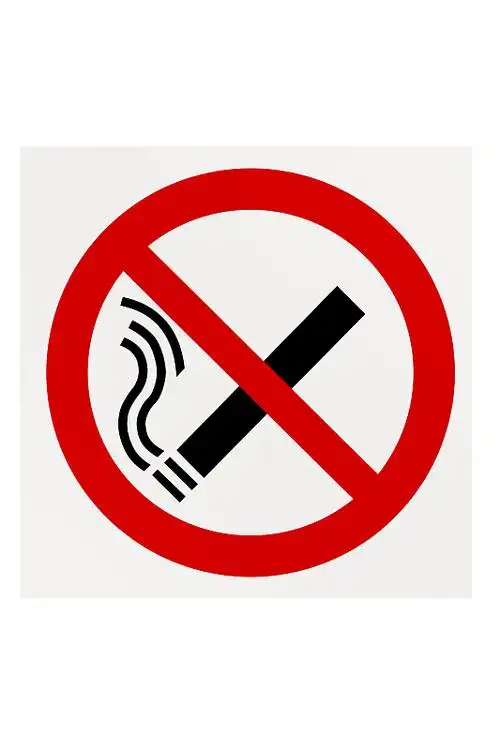Title: The Looming Shadow: How Smoking Amplifies the Risk of Second Primary Tumors in Hypopharyngeal Cancer Survivors
The successful navigation of a hypopharyngeal cancer diagnosis and its arduous treatment regimen—often involving a combination of surgery, radiation, and chemotherapy—represents a monumental victory for any patient. Emerging from the intense physical and psychological ordeal, survivors rightly focus on recovery and the hope of a cancer-free future. However, a persistent and insidious threat often lingers in the shadows: the significantly elevated risk of developing a second primary tumor (SPT). Among the myriad of factors influencing this risk, tobacco smoking stands out as the most potent and modifiable culprit, casting a long, dangerous shadow over long-term survival.
Understanding the Landscape: Hypopharyngeal Cancer and SPTs
Hypopharyngeal cancer, originating in the bottom part of the throat (hypopharynx) surrounding the larynx, is notably aggressive. It is strongly linked to lifestyle factors, with tobacco use being the single greatest risk factor, acting synergistically with alcohol consumption. Treatment, while often effective at targeting the primary malignancy, does not reverse the underlying cellular damage caused by years of carcinogen exposure. This phenomenon is explained by the theory of "field cancerization" or "field effect."
The entire aerodigestive tract mucosa—the lining of the oral cavity, pharynx, larynx, and esophagus—of a chronic smoker is continuously bathed in carcinogens from tobacco smoke. This results in widespread genetic and molecular alterations, even in tissues that appear normal. Consequently, multiple independent premalignant clones can develop across this "field," making it a fertile ground for not just a first cancer, but for subsequent, genetically distinct malignancies. A second primary tumor is defined as a new cancer that develops in another location within this field (or sometimes in the lungs, another smoking-affected organ) that is not a recurrence or metastasis of the first. For hypopharyngeal cancer survivors, the most common sites for SPTs are the lung, esophagus, and other regions of the head and neck, such as the oral cavity or larynx.
The Mechanistic Link: How Smoking Fuels the Fire
The biological mechanisms through which smoking drastically increases the risk of SPTs are multifaceted and deeply interwoven:
-
Genotoxic Insult and Mutagenesis: Tobacco smoke contains over 70 known carcinogens, including polycyclic aromatic hydrocarbons (PAHs like benzo[a]pyrene), tobacco-specific nitrosamines (TSNAs), and aromatic amines. These compounds, upon metabolic activation, form DNA adducts—chemical complexes bound to DNA. If not repaired by the cell's DNA repair mechanisms, these adducts lead to permanent mutations in critical genes, such as tumor suppressors (e.g., TP53) and oncogenes. A patient who continues to smoke after their first cancer diagnosis sustains this genotoxic assault, accelerating the development of new malignant clones.
-
Epigenetic Alterations: Beyond direct DNA damage, smoking induces epigenetic changes that alter gene expression without changing the DNA sequence itself. This includes widespread hypermethylation of promoter regions of tumor suppressor genes, effectively silencing them and removing a crucial brake on cell proliferation. This epigenetic field defect persists long after smoking cessation, though the risk diminishes over time.
-
Chronic Inflammation and Oxidative Stress: Smoking creates a state of perpetual inflammation in the aerodigestive tract. It activates inflammatory pathways (e.g., NF-κB) and generates an abundance of reactive oxygen species (ROS). This inflammatory microenvironment promotes cellular proliferation, angiogenesis (the formation of new blood vessels to feed tumors), and tissue damage, all of which favor cancer initiation and progression.
-
Immunosuppression: The chemicals in tobacco smoke have been shown to suppress local and systemic immune surveillance. This impairs the body's natural ability to recognize and eliminate precancerous and cancerous cells, allowing second malignancies to establish and thrive.
For a hypopharyngeal cancer survivor, whose cellular environment is already primed for malignancy due to the field cancerization effect, continued smoking acts like repeatedly pouring gasoline on smoldering embers. It dramatically shortens the time between the first and second cancer and increases the likelihood of SPT occurrence.
The Clinical Impact: A Grim Prognosticator
The development of a second primary tumor is a devastating event that severely compromises a survivor's quality of life and overall survival. Treatment options are often limited due to the previous extensive therapy, particularly radiation, which can max out tolerance doses for surrounding tissues. Managing an SPT frequently requires more complex, disfiguring surgeries and carries a higher risk of complications.
Studies consistently show that continued smoking after a head and neck cancer diagnosis, including hypopharyngeal cancer, is associated with:
- A 2 to 6-fold increased risk of developing an SPT compared to quitters.
- Reduced overall survival rates.
- Increased treatment-related toxicities and poorer wound healing.
- Higher risk of cancer recurrence.
The risk of an SPT is not static; it accumulates over time, making long-term vigilance paramount.
The Beacon of Hope: Smoking Cessation as Primary Prevention
While the statistics are sobering, they reveal a powerful avenue for intervention: smoking cessation. Quitting tobacco is the most effective strategy to reduce the risk of a second primary tumor. The beneficial effects begin almost immediately:
- Reduced Carcinogenic Exposure: Cessation halts the ongoing influx of DNA-damaging agents, allowing cellular repair mechanisms to catch up.
- Decreased Inflammation: The inflammatory environment begins to subside.
- Improved Immune Function: Immune surveillance capabilities gradually recover.
Research demonstrates that patients who quit smoking at or around the time of their initial cancer diagnosis have a SPT risk that falls midway between that of persistent smokers and never-smokers. The risk continues to decline with each passing year of abstinence. While it never quite returns to the level of a never-smoker, the reduction is substantial and clinically meaningful. Smoking cessation intervention must, therefore, be an integral and non-negotiable component of standard oncologic care for every hypopharyngeal cancer patient, at the time of diagnosis and continuously throughout survivorship.
Conclusion
The battle against hypopharyngeal cancer does not end with the conclusion of initial treatment. The legacy of tobacco use creates a precariously primed anatomical field,高度 susceptible to the development of second primary tumors. Smoking is the single most significant amplifier of this life-threatening risk, perpetuating a cycle of genetic damage, inflammation, and immunosuppression. For survivors, understanding this intimate link is crucial. Embracing comprehensive smoking cessation programs, supported by healthcare providers, is not merely a lifestyle recommendation—it is a critical, life-extending therapeutic strategy. It is the most powerful tool to step out of the shadow of the first cancer and prevent a second from ever emerging.












